Wound Care Rehab: How Proper Wound Care Contributes To A Swift Recovery
Proper wound care is an essential part of rehab efforts after an injury or illness. Left unchecked or managed improperly, wounds are one of the leading causes of complications among the elderly.
Wounds are more complex than many people imagine
When we speak about wound care rehab in a care setting, we are referring to the management of chronic or ongoing wounds or to rehabilitative efforts after a trauma. This is entirely different from the wounds we may receive if we nick ourselves with a knife or stub our toe — serious wounds need dedicated care.
Free Download Windows 10 Product Key Generator.
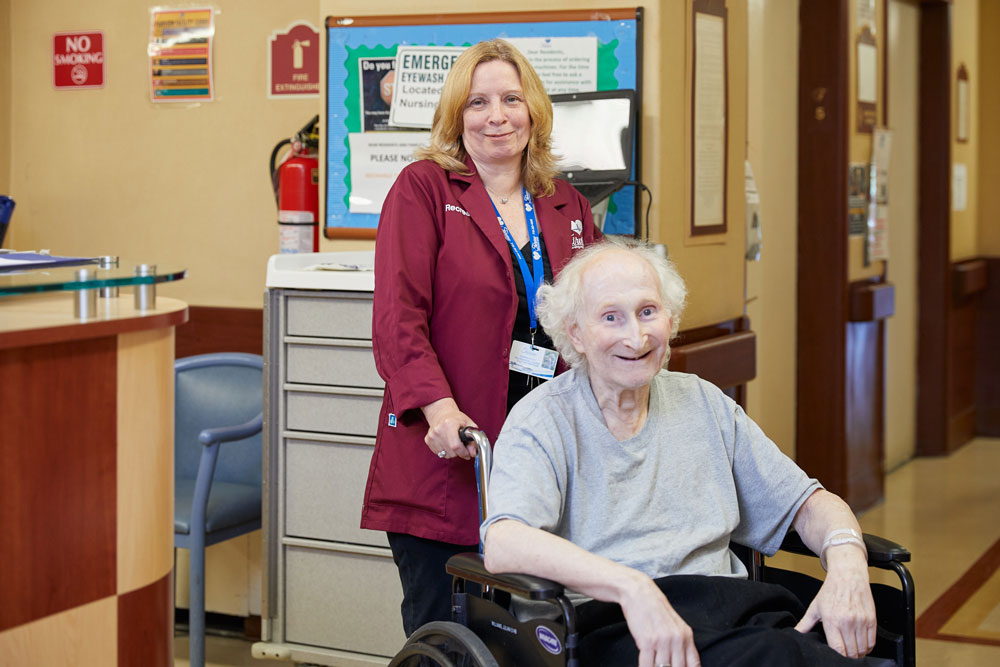
Because wounds result from much more than just trauma, some are related to a much wider variety of conditions than many suspect. For example, people with the following conditions may be at risk of developing wounds:
- Diabetes
- Malnutrition
- Infections
- Hyperglycemia
- Kidney disease
- Circulatory issues
Note that this list is not exhaustive and sometimes wounds develop for reasons that are unknown. The important thing is how those wounds are dealt with.
Wound care rehabilitation
To prevent the risk of further infection or of the wound spreading, wounds need to be kept clean. At Fairview Rehab & Nursing home in Queens NY, our skilled nursing staff look after this task. They change bandages and dressings on a regular basis and check on a wound’s progress.
If there are any changes or regressions, our nurses report these to our staff doctors who may make changes to an individual’s care plan if necessary.
Pain management is also part of ongoing wound rehab care. While many wounds do not cause any pain, some can be very painful indeed. Once again, nurses take care of this aspect of wound management. They will make sure all patients and residents are given their medications as prescribed.
The six types of open wound
Most common wounds that wound care rehab places see are diabetic, arterial and pressure ulcers. However, there are six main types of open wounds.
Abrasions: Occur when the skin is rubbed or scraped off. Because dirt and germs are often inside the tissues, this type of wound may become infected easily.
Incisions: More commonly called cuts, these wounds are made by sharp objects, sometimes deliberately because of a surgical procedure. Incisions bleed quite freely and this flow of blood needs to be halted.
Lacerations: Unlike incisions, lacerations are the result of the tearing of the skin and/or tissues.
Punctures: These wounds are caused by objects entering the body. Internal bleeding may need to be addressed as well as external bleeding.
Avulsions: This type of wound occurs when tissue is detached from a body part. Often, the avulsed portion can be reattached if swift treatment occurs.
Amputations: Amputations are either traumatic or the result of a surgical necessity. Care must be taken to manage the smooth healing of the remaining finger, arm, or leg; the places where amputations most commonly occur.
Open wounds require ongoing treatment. If a wound does not heal naturally or with home treatment, that wound is chronic and required medical care. Getting back on your feet is dependent on healing the wounds correctly and excellent hygiene practices. Furthermore, immobility can halt wounds healing so physical or occupational therapy may be necessary.
If you or someone you love needs proper wound care rehab, get in touch to find out how we can help.
This article contains informational and educational materials and does not replace health or medical advice. For questions or concerns regarding your medical condition or health objectives, speak to a qualified physician or healthcare provider.

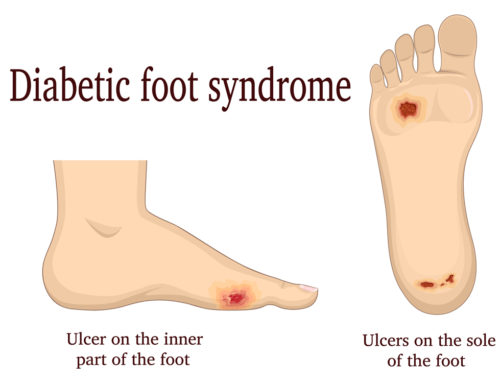

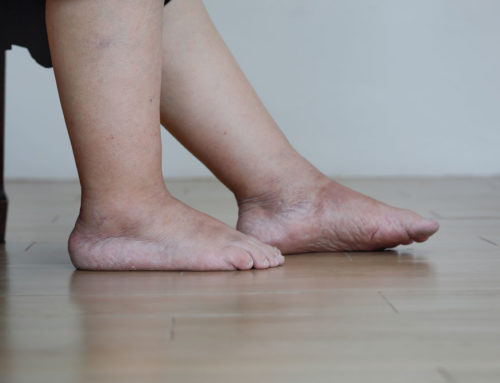
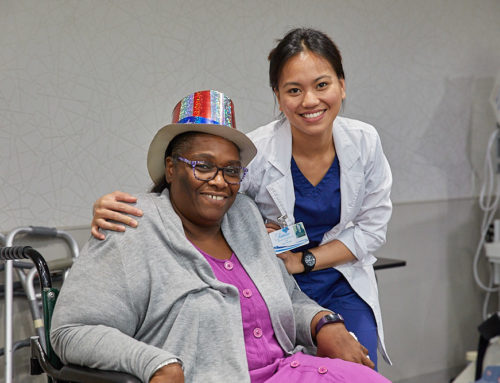
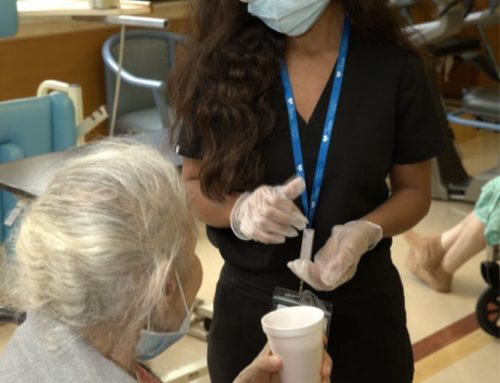
Leave A Comment